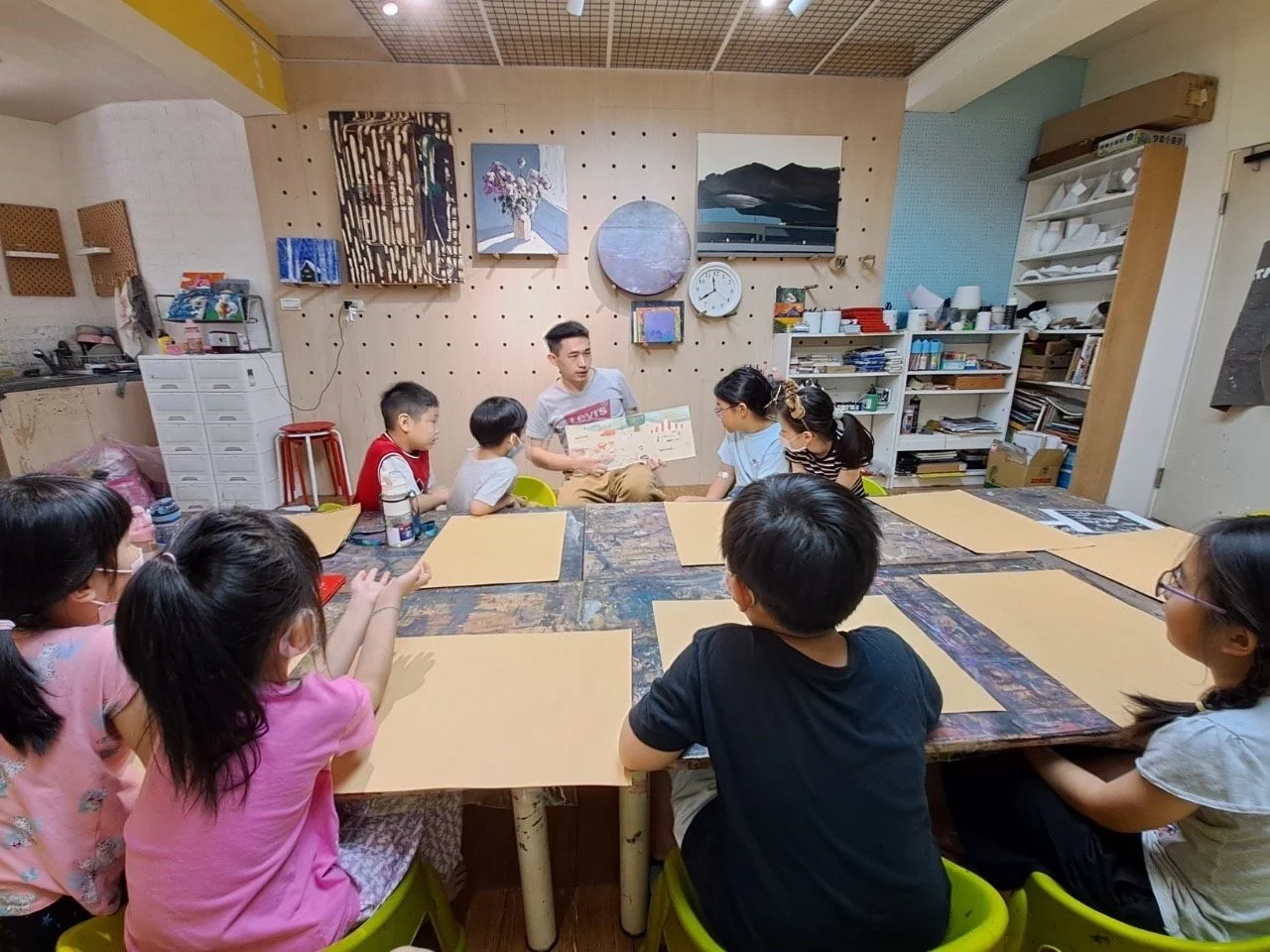Storytelling in Art and Language Education
Storytelling plays a crucial role in both art and language education, weaving a rich tapestry of creativity, communication, and cognitive development.
Art Education:
1. Expression and Imagination: Through visual storytelling, students can express ideas, emotions, and narratives using various artistic mediums. This nurtures creativity and imagination.
2. Critical Thinking: Analysing visual stories or creating one's own artwork involves critical thinking. Students must make decisions about composition, color, and symbolism, fostering analytical skills.
3. **Cultural Understanding:** Art often tells stories about cultures, traditions, and history. Studying and creating art provides a unique entry point for understanding different societies and perspectives.
Language Education:
1. Communication Skills: Storytelling in language education enhances verbal communication. Students learn to articulate ideas, sequence events, and engage their audience effectively.
2. Vocabulary Building: Storytelling introduces new words and phrases within a context, aiding vocabulary development. It enhances language retention by connecting words to meaningful narratives.
3. Grammar and Syntax: Narratives naturally incorporate grammar and syntax. Analyzing and constructing stories helps students grasp language structure in a practical context.
Integration of Art and Language Education:
1. Multimodal Learning: Combining art and language education allows for multimodal learning. Students engage visually and verbally, reinforcing comprehension and retention.
2. Emotional Intelligence: Storytelling in both domains encourages the exploration of emotions. Discussing stories or expressing them through art builds emotional intelligence and empathy.
3. Collaboration: Collaborative storytelling projects, where students create both visual and written elements, promote teamwork and a holistic understanding of narrative construction.
In summary, storytelling bridges the realms of art and language education, fostering a comprehensive learning experience that nurtures creativity, communication skills, and cultural understanding.

